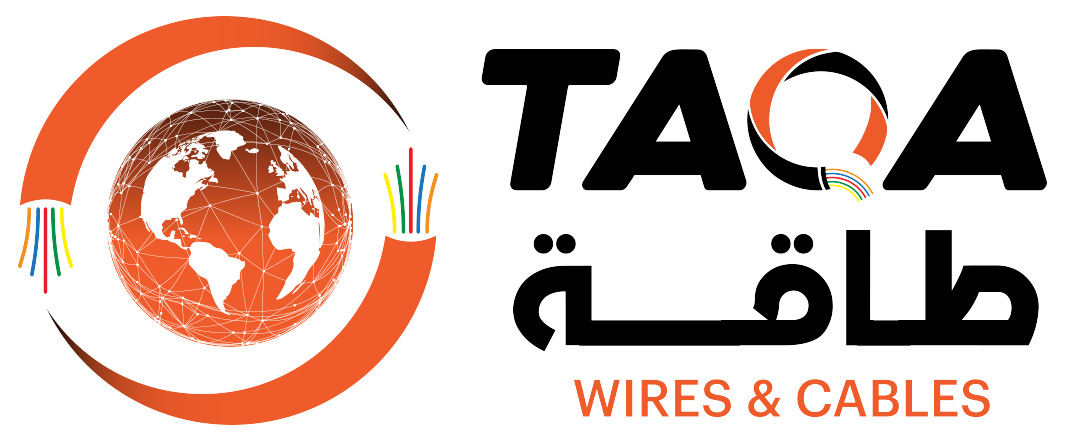Introduction
Maintaining and troubleshooting low voltage cable systems is essential for ensuring their longevity and reliable performance. Regular maintenance and effective troubleshooting can prevent issues and extend the lifespan of your cable systems. This blog will provide practical advice on maintaining and troubleshooting low voltage cable systems, helping you keep your cables in top condition.
Routine Maintenance Practices
1. Regular Inspections
Conduct regular inspections of your low voltage cable systems to identify any signs of wear, damage, or deterioration. Look for physical damage, fraying, or signs of moisture ingress. Early detection of issues can prevent more significant problems.
2. Clean and Protect Cables
Keep cables clean and free from contaminants that could affect their performance. Use appropriate cleaning methods and ensure that cables are protected from environmental factors such as moisture, chemicals, and UV exposure.
3. Check Connections
Regularly check all connections to ensure they are secure and properly insulated. Loose or corroded connections can lead to electrical faults or system failures. Tighten connections as needed and replace any damaged components.
Troubleshooting Common Issues
1. Identify the Problem
When troubleshooting, start by identifying the symptoms of the issue. Common problems include intermittent power, reduced performance, or complete loss of function. Determine whether the issue is with the cable itself or with associated components.
2. Test the System
Use appropriate testing equipment to diagnose problems. Insulation resistance testers, continuity testers, and voltage meters can help you identify faults and assess the condition of the cables. Compare test results with expected values to pinpoint issues.
3. Addressing Faults
Once the problem is identified, take appropriate action to address it. This may involve repairing or replacing damaged cables, tightening loose connections, or adjusting system settings. Follow manufacturer guidelines and industry standards when performing repairs.
Preventive Measures
1. Use High-Quality Cables
Using high-quality low voltage cables can reduce the likelihood of issues and extend the lifespan of your system. Taqa Cables provides reliable and durable cables designed to meet industry standards and performance requirements.
2. Implement Regular Maintenance Schedules
Establish a regular maintenance schedule to ensure that inspections and maintenance tasks are performed consistently. Regular maintenance helps prevent issues before they become serious problems.
3. Train Personnel
Ensure that personnel responsible for maintaining and troubleshooting cable systems are properly trained. Training helps them understand the importance of maintenance and how to effectively troubleshoot and resolve issues.
Conclusion
Maintaining and troubleshooting low voltage cable systems is essential for ensuring their reliability and longevity. By following routine maintenance practices, addressing issues promptly, and implementing preventive measures, you can keep your cable systems in excellent condition. For high-quality cables and expert support, Taqa Cables is your trusted partner.
Resources:
- Taqa Cables – Official Website
- Cable Maintenance and Troubleshooting Guide – Electrical Engineering Portal
- Preventive Maintenance Tips – IEEE Xplore
Read More:

